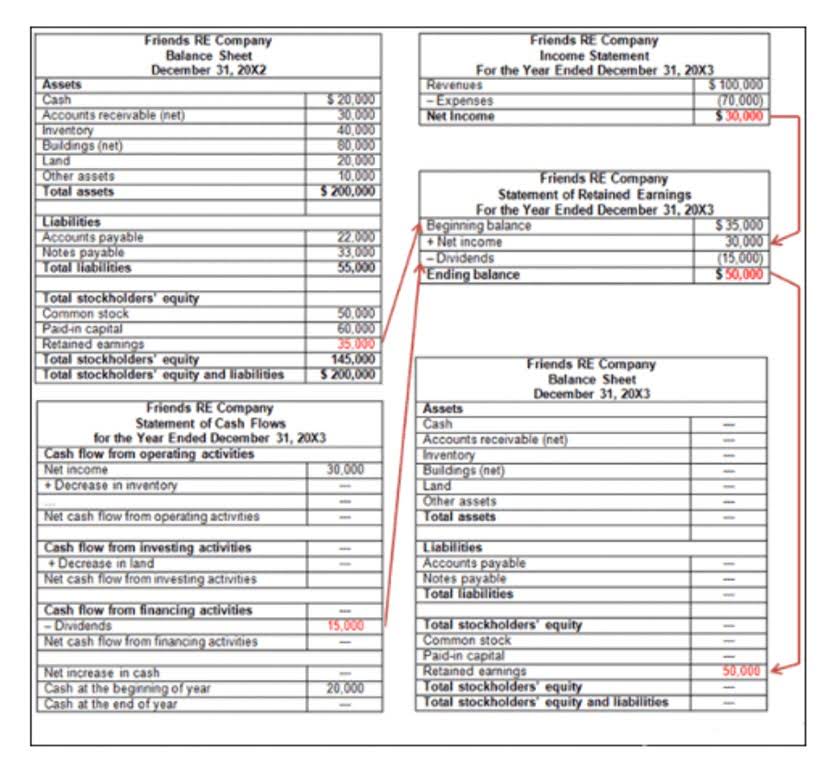
The one that you’ll most typically deal with is when you, the seller, have to issue a credit memo to the client and readjust an invoice that they still owe for. Bank issues a credit memo to increase a depositor’s account for a certain transaction. It is similar to a sales invoice and contains the following components, usually in a product-oriented industry. The detailing and particulars in the credit memo make it significant, hence the usage of the same universal and globally accepted across all sectors and industries. Implement a verification process and require signatures for each memo to prevent unauthorized adjustments.
- On the other hand, a credit memo is a document issued by a seller reducing the amount owed by a client under a previously issued invoice.
- When a seller issues a credit memo, it’s put towards the existing balance on a buyer’s account to reduce the total or he owes some benefit to the customer to whom the credit memo is issued.
- But what happens when customers delay payments due to requests for returns, exchanges, invoice errors, or ungranted discounts?
- The seller will inform the buyer how much extra he has paid in the document, and he can keep the count during the next transaction.
- Assume that SellerCorp had issued a sales invoice for $800 for 100 units of product that it shipped to BuyerCo at a price of $8 each.
What is the difference between a refund and a credit memo?

The memo will be the opposite if the prices of products shipped to Company B have increased. Now that we know the essential components of a credit memo, it’s important to understand when businesses use them. To prevent potential fraud, it’s what does a credit memo look like advisable to mandate a manager’s signature for credit memo authorization. This ensures that a manager or supervisor approves the memo before sending it to the buyer. A credit memo is quite similar to a regular invoice, with the key distinction being that it must refer to the original invoice since it serves to correct or modify it.
- In essence, this document is generally sent following the issuance of an invoice to the buyer.
- According to Forbes, 61% of late payments are due to compliance or administrative problems, such as incorrect invoices.
- During a product return, credit memos help with inventory adjustments.
- Refunds require issuance of payment, while credit memos reduce balances owed.
- Unfortunately for businesses, these errors are quite common, which could hurt customer relationships and revenue management.
Difference between Credit Memo and Refund

In most countries, the indirect tax mandates the seller to issue the credit note and also prescribes the mandatory details to be mentioned in the credit note. GST in India, VAT in UAE, VAT in Kenya, Bahrain VAT etc. are some of the examples of the tax system which mandates the supplier to issue a tax compliant credit memo. A Credit note is a written document stating sales return, where the seller intimates the buyer that the money for which the debit note is sent is being returned or adjusted. When you issue a credit memo, including all the necessary information is vital. This helps your customers understand the adjustment and keeps your records clear and organized. Many confuse a credit memo with a voucher but are two entirely different documents.
Best Practices for Managing Credit Memos
It serves as a reminder and record of credit adjustments made to an account. Vouchers, however, are documents used to provide discounts to customers that are usually available for limited periods and redeemable for goods or services. By giving this document instead of a direct https://www.instagram.com/bookstime_inc refund, both parties can keep accurate records and ensure there are no future problems.
Credit memos play a vital role in maintaining financial accuracy and integrity in business transactions. Whether you’re a buyer or a seller, understanding the purpose and process of credit memos is essential for effective financial management. By embracing transparency and efficiency in handling credit-related transactions, businesses can build trust with their customers and establish a solid foundation for financial success. In the intricate world of financial transactions, credit memos play a pivotal role in maintaining the delicate equilibrium between accuracy, transparency, and customer satisfaction. So a best practice is to issue credit memos timely by using document management software to prevent financial reporting disruption and increase customer satisfaction.
- If the original invoice has already been paid in full, the customer can choose to receive the value of the credit memo as a cash refund rather than applying it to a future purchase.
- In accounting terms, a credit memo is a source document that decreases accounts receivable for the seller and reduces accounts payable for the buyer.
- Keep a record of clients and track your monthly income with built-in reporting that can easily be shared with your accountant.
- They are also critical for preventing fraud by reconciling all invoice discrepancies and quickly identifying and addressing payments.
- One common reason for issuing credit memos is to rectify billing errors.
- While it might take some extra effort upfront, the payoff in clean books and satisfied customers is well worth it.
Offering promotional discounts

The client can either ask for a refund of the $1,000 or use the $1,000 to offset future invoices. However, if the client has already paid the $5,000, it will have a credit of $1,000 with the seller. Companies should keep track of how much credit they are issued by their vendors and suppliers so they can accurately determine how much they owe.
Let’s proceed with how a credit memo impacts the other party’s accounting. In the buyer’s account, suppliers account is debited, and the purchase is credited. https://www.bookstime.com/ Name and address, a list of items, prices, quantities, and the date of purchase are other significant pieces of data found on a credit memo. Credit memos make it easy to reflect the changes in the outstanding amount in an accurate way without impacting the invoicing processing or the financial statements.
- In essence, you can use your credit memos to offset the total amount payable by your organization.
- It’s a formal acknowledgment that a credit has been issued to the customer’s account, often to correct errors, address customer concerns, or return.
- PandaDoc is not a law firm, or a substitute for an attorney or law firm.
- In this blog, we’ll show you exactly when it’s appropriate to issue a credit memo in your books, as well as show you exactly how to issue one.
- It will help ensure they promptly fulfill all buyer and seller obligations.
- I’d love to share the insider knowledge that I’ve acquired over the years to help you achieve your business and financial goals.
- These two companies have a track record and have been doing business for some time now.
Why Happy Employees Are Key to Business Success
Another example is a vendor who fails to deliver goods as agreed upon in a contract. The buyer, in this case, might issue a debit memo to the vendor, indicating a deduction from the owed payment due to the incomplete delivery. The organization monitors the status of outstanding credit memos and follows up with customers to ensure timely resolution and closure of credit transactions. It means periodic reconciliation of accounts receivable balances and proactive communication with customers regarding open credits. Issuing a credit memo reduces the seller’s accounts receivable balance.
